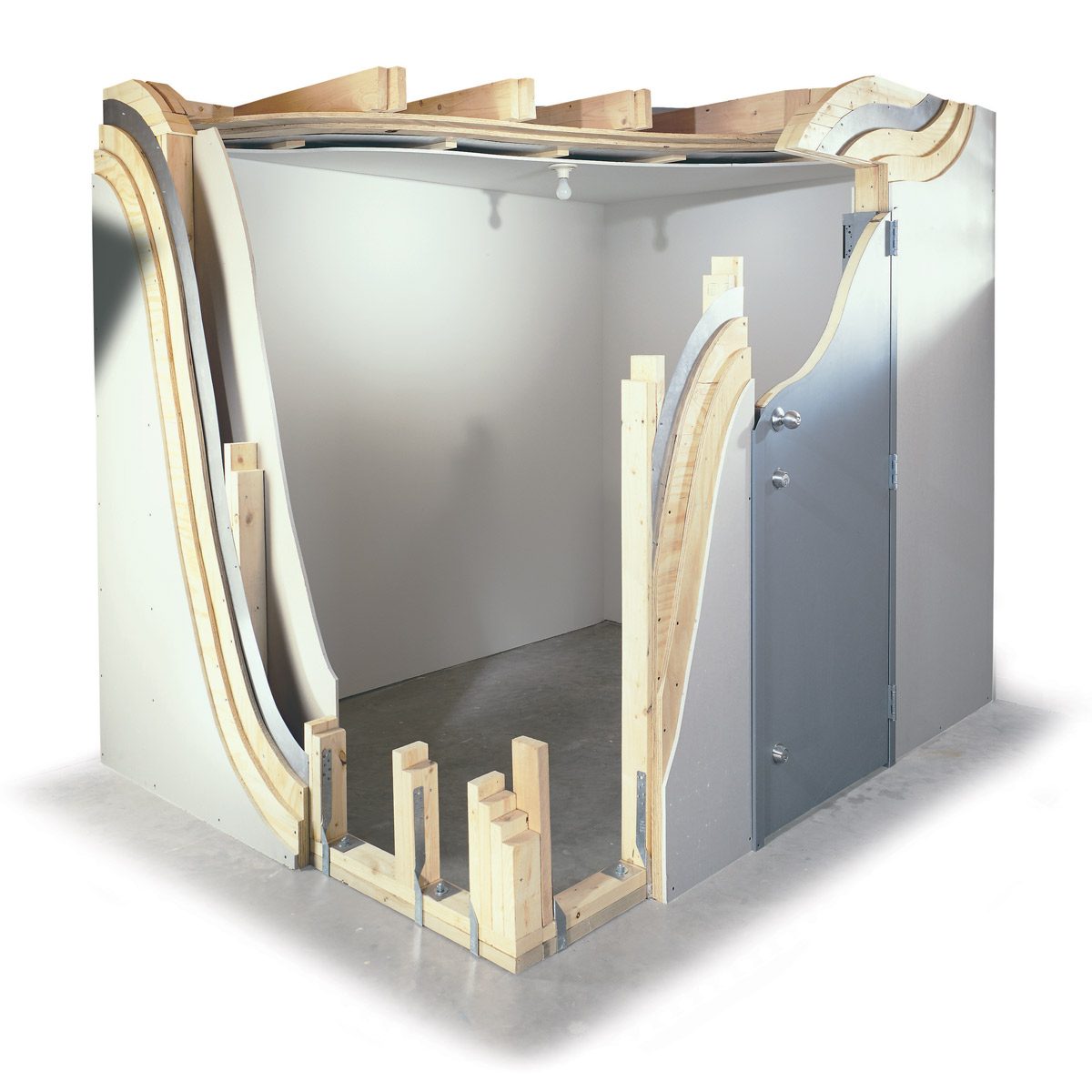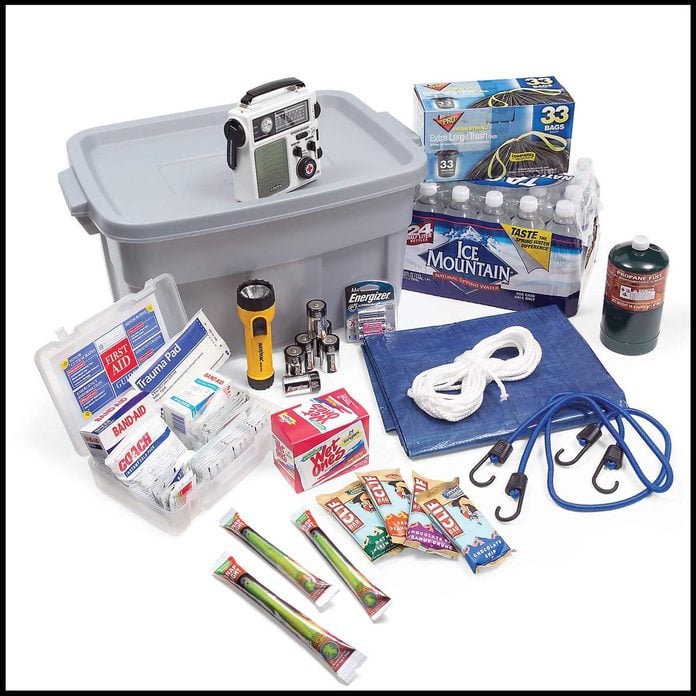
Make a Basic Storm Kit
A basic storm kit is designed to get a family through 48 hours without electricity and basic services. Your basic storm kit should include a whistles, blankets, garbage bags, batteries, a three-day water supply and two days worth of food.
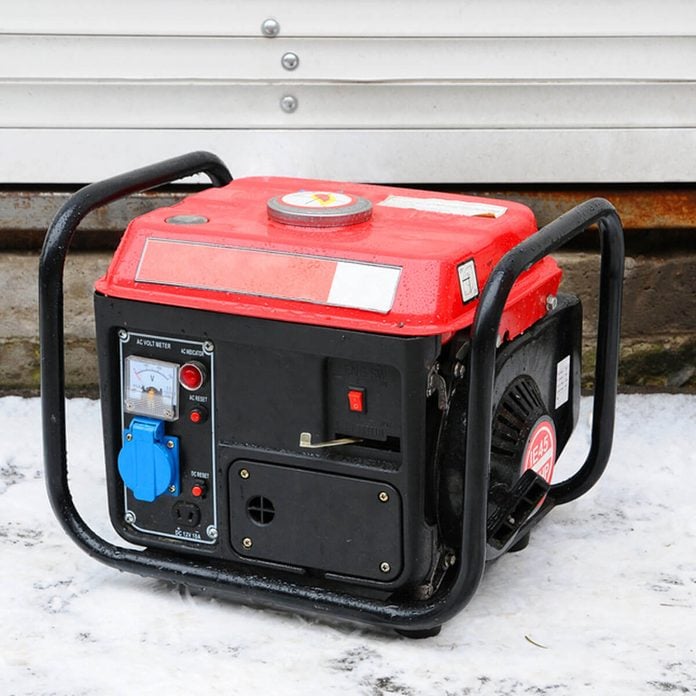
Fill Gas Containers
A 5,500-watt generator will run about eight hours on 5 gallons of gasoline, so gas management is critical if you want to be prepared for an extended power outage. That may mean running your emergency generator for shorter periods and coasting on things like refrigeration.
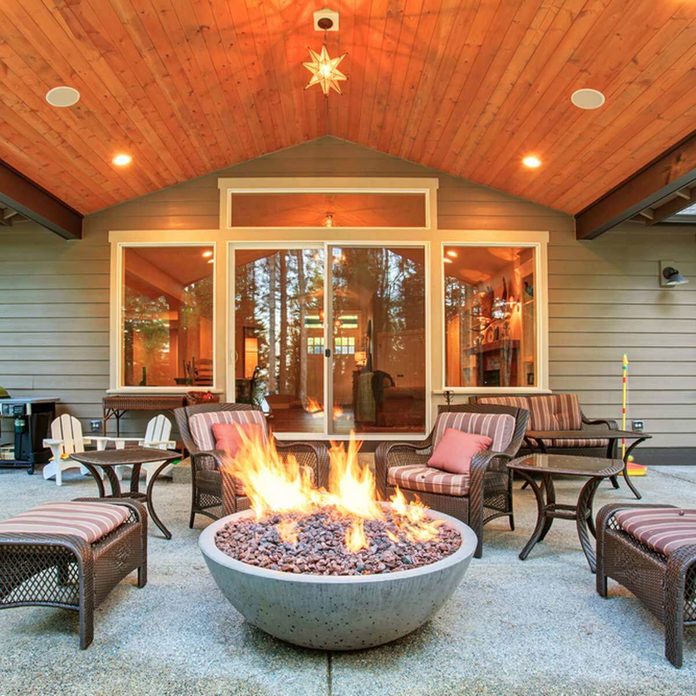
Start Moving Stuff
Bring in outdoor objects such as lawn furniture, toys and garden tools, and anchor objects that cannot be brought inside. Especially when preparing for an earthquake. Learn how to make an earthquake kit.

Review Evacuation Plans
You need to have an emergency plan made up before disaster strikes. To start, you and your family should pick two locations to go to for safety in the event of an emergency. Choose one out-of-town person as an emergency contact and create a list of emergency contacts that can be kept in a safe, readily available place.
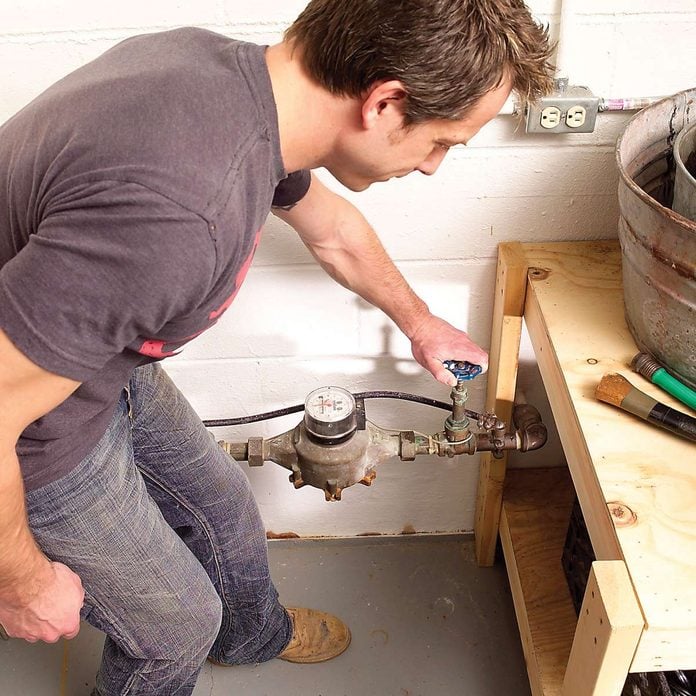
Locate Water, Gas and Electricity Shut Offs
Finding the water, gas and electricity shutoffs should be among the first things you do when you move into a new home. They should be near the top of your list at locating when a hurricane is forecasted. Wait to turn off your gas until local officials tell you to do so.

Prepare Windows, Doors and Garage Doors
If you live an area susceptible to hurricanes then it’s best to prepare the home for those conditions with shutters. Brace your doors and secure your garage door, which has a likelihood of blowing away in a storm. Prepare for unexpected disasters like floods and fires by following these tips.
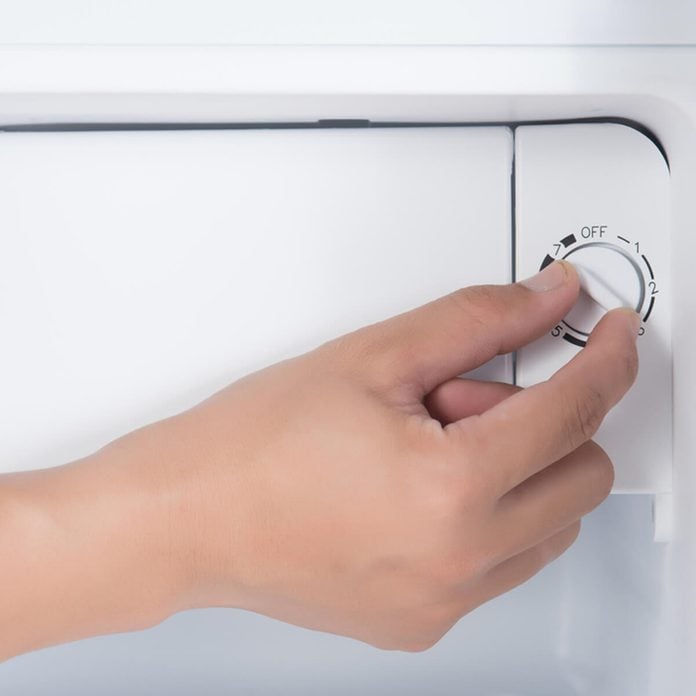
Turn Refrigerator and Freezer to Coldest Setting
That way if the power does go out your food will stay cold a little longer.
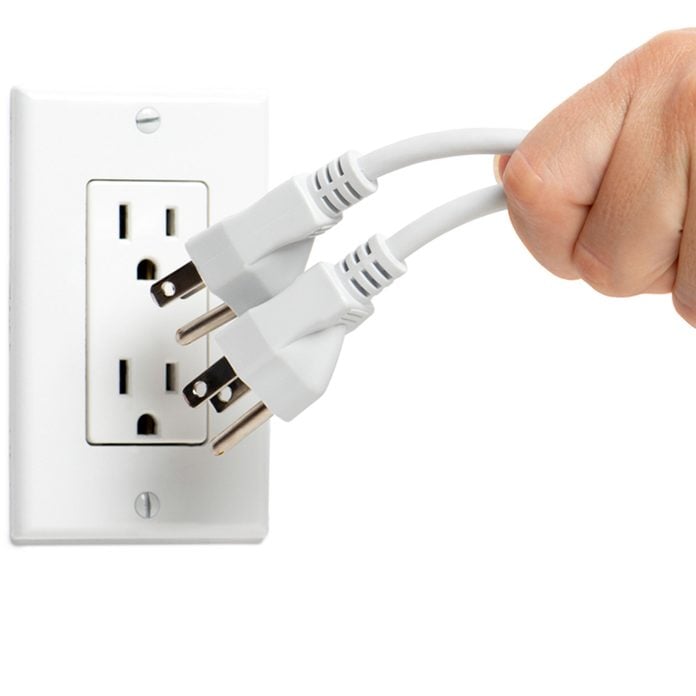
Unplug Electrical Appliances if Power is Lost
Unplugging your appliances will prevent any potential damage from a power surge once power is restored.
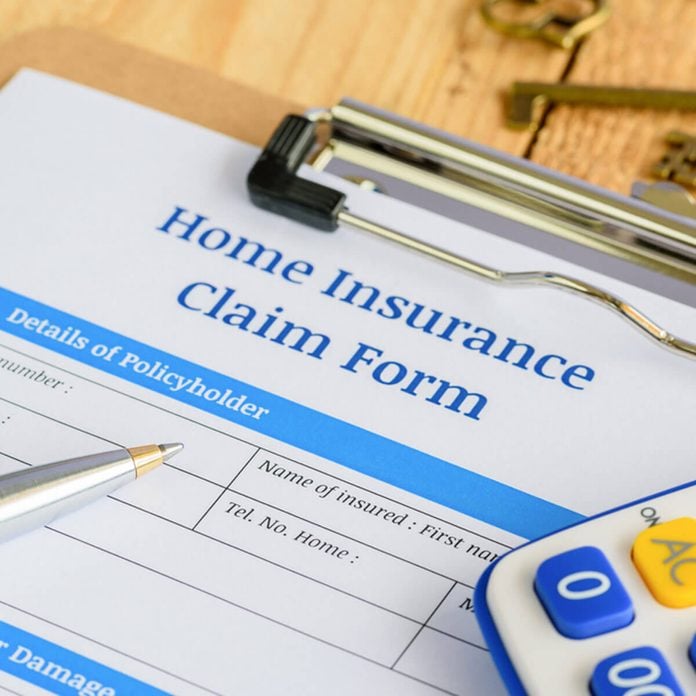
Gather Insurance Documents
Your home insurance documents and other important papers should be part of your storm kit and readily available in the event of a disaster because you will need that proof for claims and assistance.

Determine What to Do With Pets
Not all emergency shelters will accept pets through their doors so it’s important to have a plan for your pets. Before storm season arrives, locate shelters that allow pets and contact them. Keep a picture of your pet if it gets lost or have them microchipped, if you haven’t already.

Elevate Furniture, if There’s Time
If there is time before the storm hits your area, it’s good idea to move furniture to higher ground, but only if you have time. There are certainly far more pressing tasks in a time of crisis.
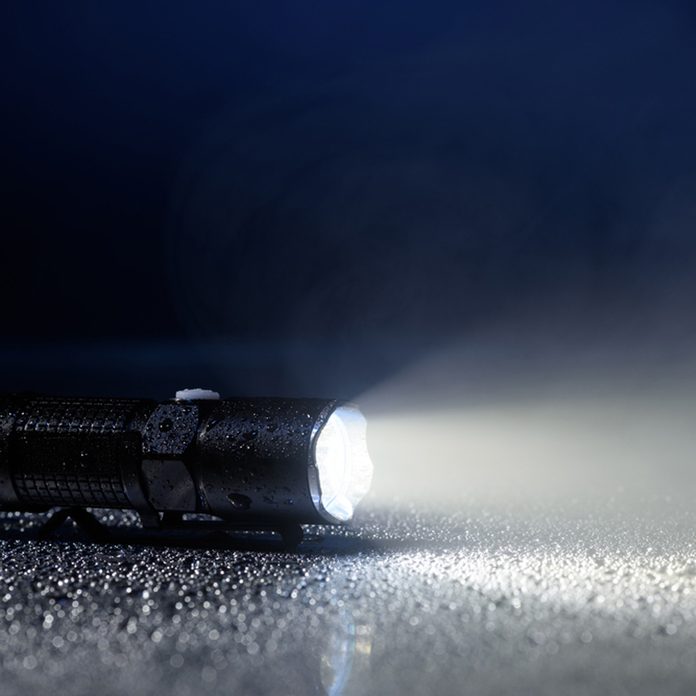
Keep Flashlights and Extra Batteries in Dry Areas
Store them in containers to make sure they will work if need be.

Have a Plan
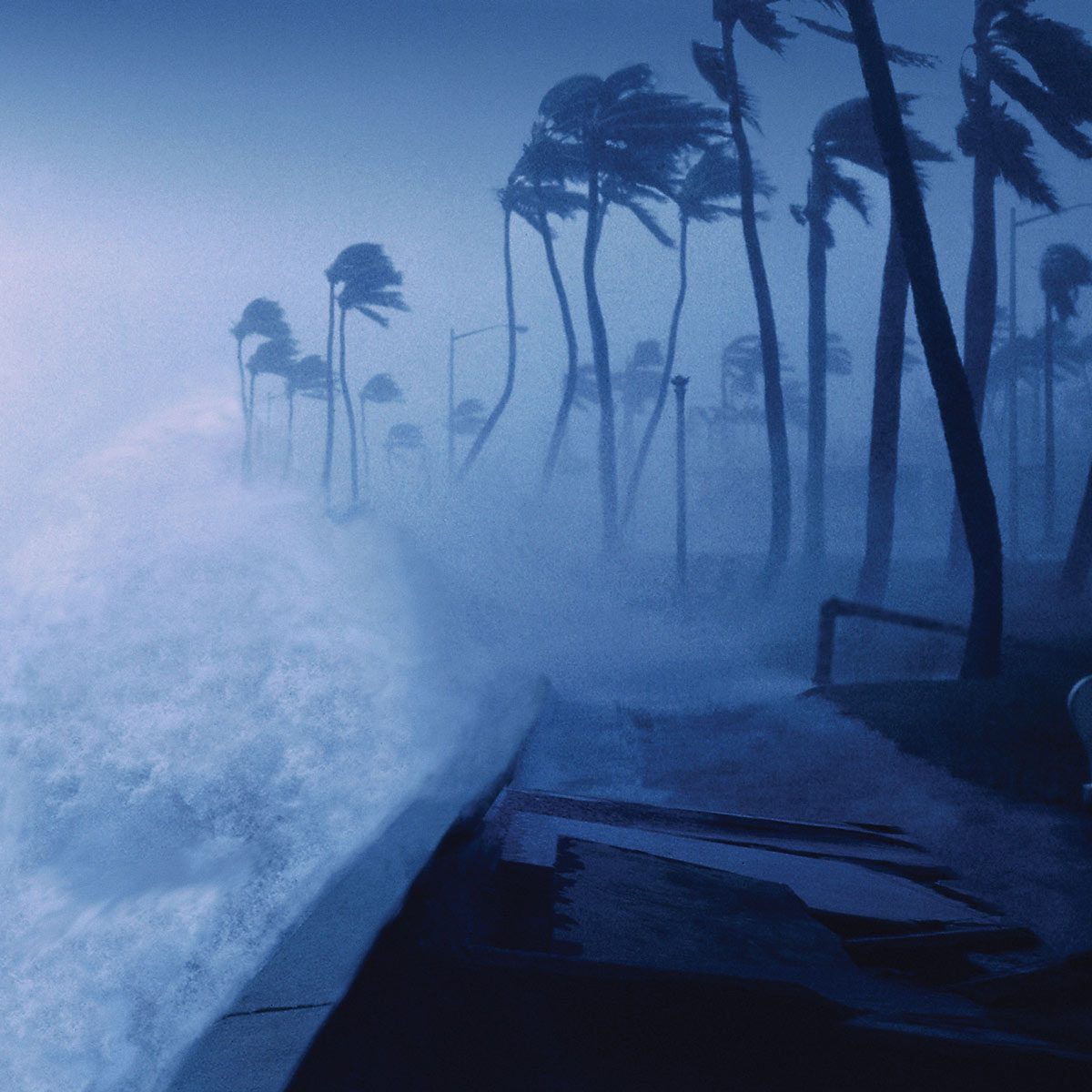
Severe Weather: Hurricane
- Listen to radio or watch TV for weather updates.
- Locate Storm Readiness Kit.
- Gas up your vehicle, in case of an evacuation notice.
- Fill gas containers for generator. Store in a safe place. Learn more about emergency generators here.
- Bring in outdoor objects such as lawn furniture, toys and garden tools, and anchor objects that cannot be brought inside.
- Clear your yard of debris.
- Review evacuation plans.
- Install storm protection devices such as shutters. Brace entry doors and garage doors.
- Anchor your boat securely or move it to a designated safe place. Learn how here.
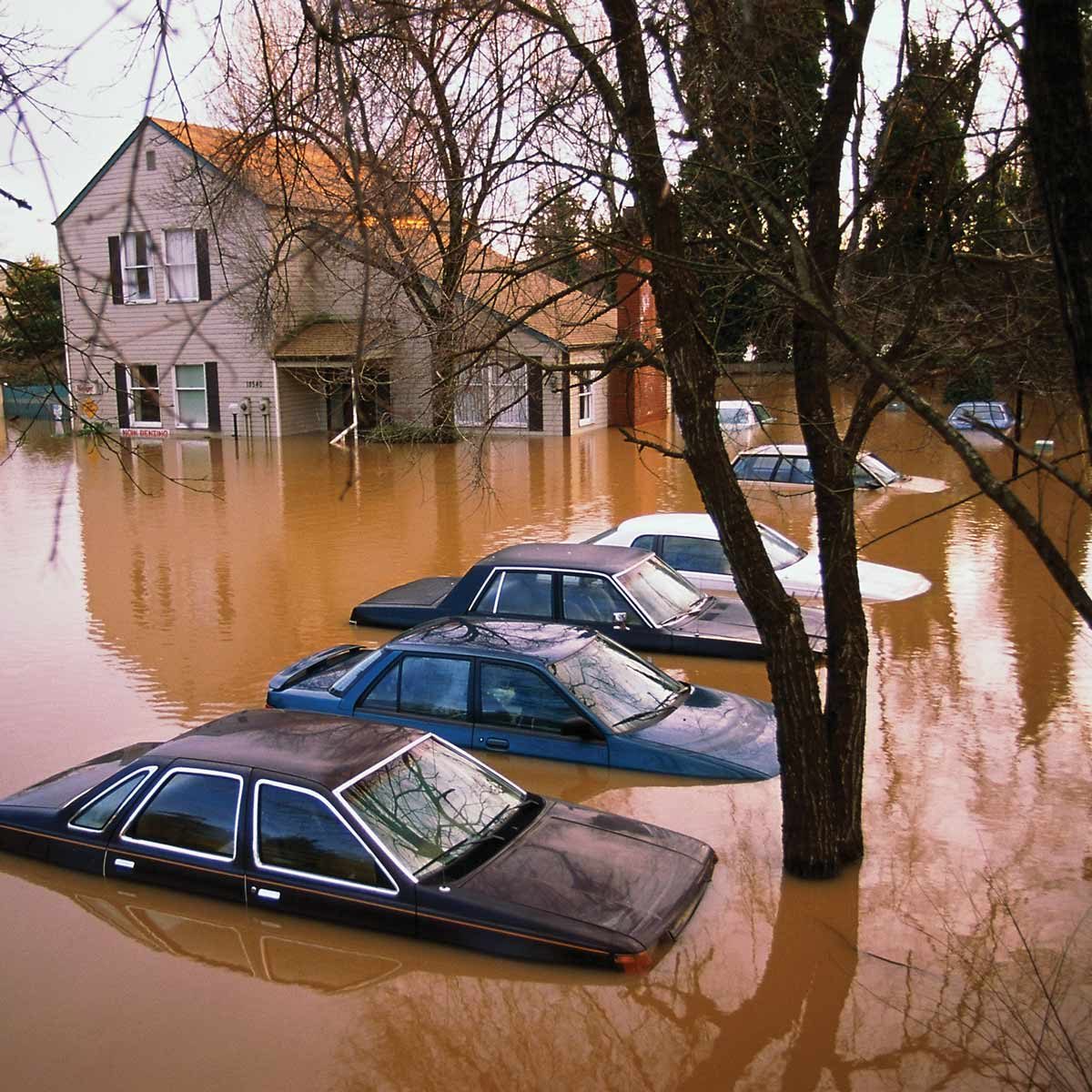
Severe Weather: Flood
- Locate Storm Readiness Kit.
- Fill sinks, tubs and buckets with water. This water can be used for hygiene.
- If you have a well, seal it to keep out silt and debris.
- Shut off electricity at your main panel, if the floor beneath the panel is dry.
- Attach rigid foam insulation or plastic sheeting around the outside first floor walls. Water will get in, but most of the silt will be kept out.
- Be ready to leave on short notice if evacuation is required.
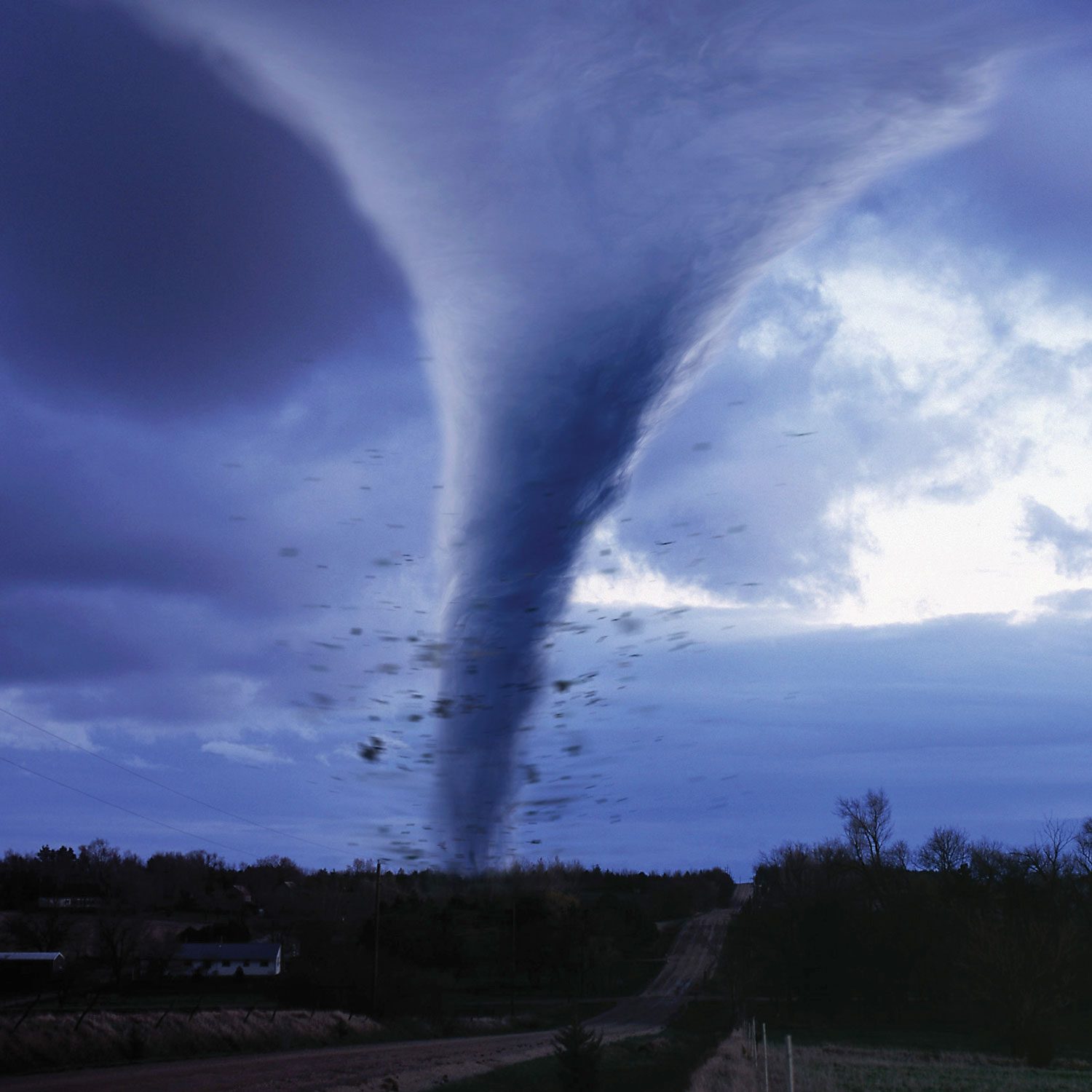
Severe Weather: Tornado
- Stay away from windows.
- Take cover immediately. Go to the basement or the center of the lowest level of your home. Bring your Storm Readiness Kit with you or it may be blown away by high winds. If no basement is available, get underneath something sturdy, like a workbench or heavy table, crouch down and cover your head. Under a stairway is also good.
- Cover yourself with some sort of thick padding (mattress, blankets, etc.), to protect against falling debris in case the roof and ceiling fail.
- Bring a radio with you to your place of shelter so you'll know when the danger has passed.
- If you are caught outdoors and no shelter is available, crawl into a ditch, depression or culvert and cover yourself, protecting your head. Stay away from trees and cars, which may be blown on top of you.
- If you're in a vehicle, and the traffic is light, you may be able to drive out of the path of the tornado by driving at right angles to it. Otherwise, park your car quickly and safely, off the road. However tempting, don't park under bridges,which can cause a traffic danger while giving you little protection.

Emergency Car Kit
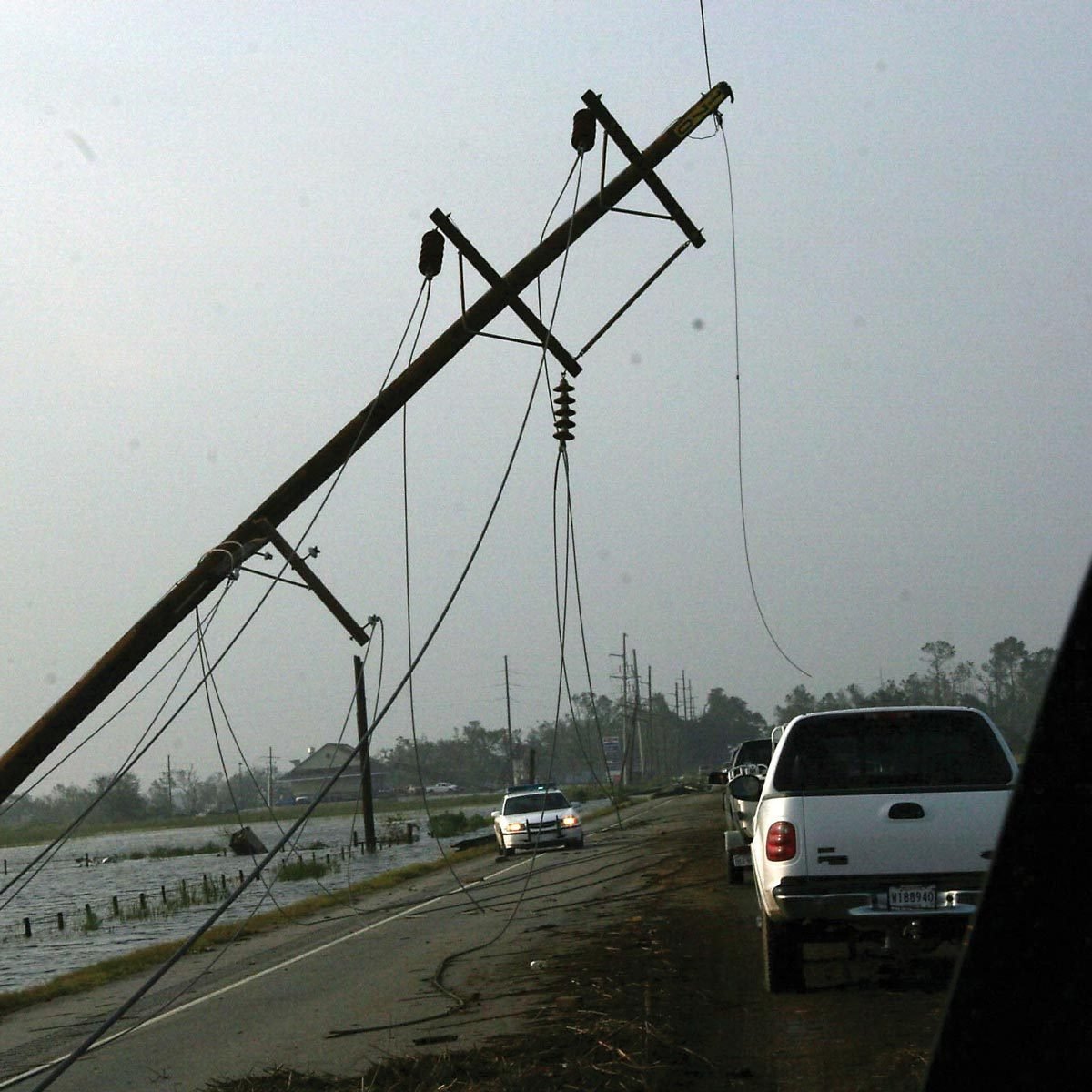
Severe Weather Safety Tips
- If you're wet, barefoot or standing in water, don't use anything electric or try to plug in power cords.
- If you're working outdoors or in an area with any dampness, use GFCI-protected outlets or extension cords.
- Stay away from downed power lines.
- Don't walk in a flooded basement if the power is still on or could go on.
- Turn off the hot water heater (electric or gas) if there is any chance of flood.
- Avoid using candles. If a fire starts, there may be no phone service, the fire department may not be able to get to you, and fire hydrants may not be working.
- Don't ever use a charcoal or propane grill in the house.
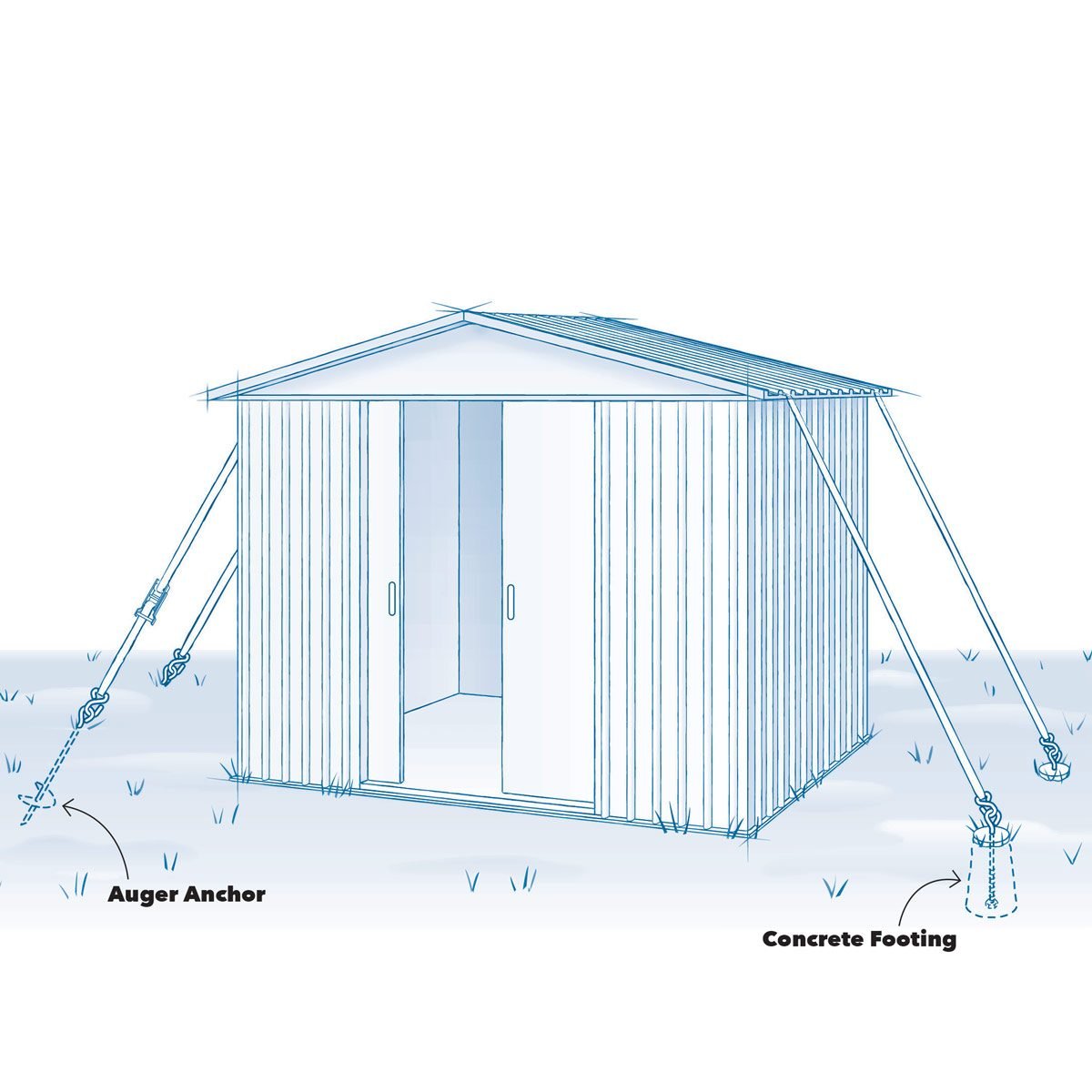
Tie it Down
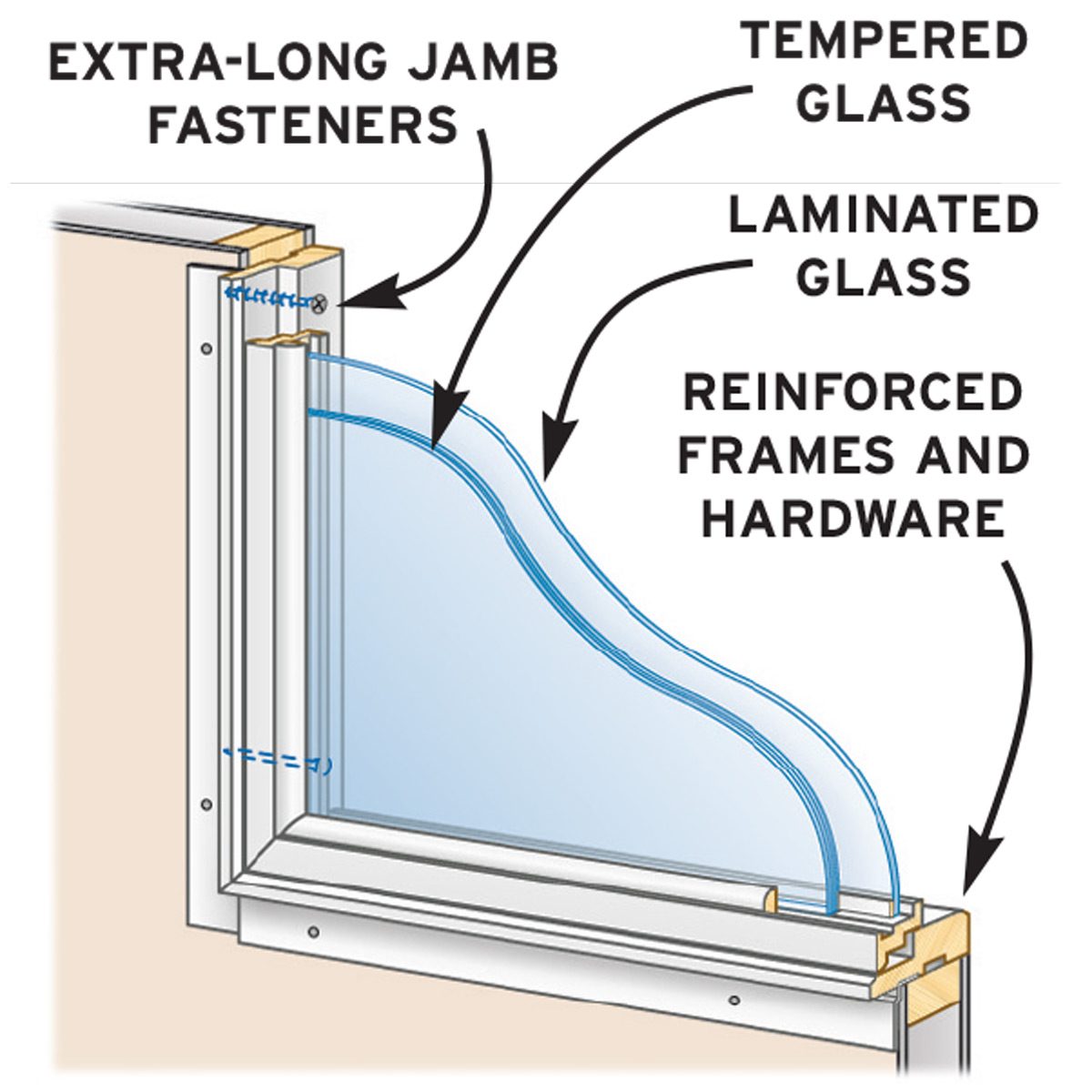
Storm-Tough Building Products
- Many storm-tough products are also energy efficient products, helping reduce utility bills in the long run.
- Although the materials may be more expensive, the labor to install them is often no more than to install standard products.
- Most products, because they're built to stand up to the elements, have a longer projected lifespan.
- Many insurance companies offer discounts to policy holders installing storm-tough materials.
